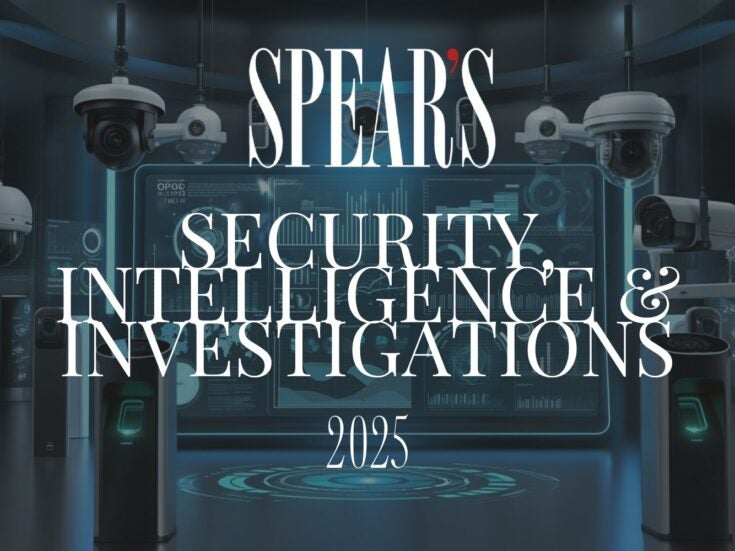
A new retrospective of Sir Stanley Spencer’s work at his eponymous gallery is well worth the six pound entrance fee, writes Tom Shaw
Samuel Johnson said of Tristram Shandy that ‘nothing odd will last long’, and while this turned out to be one of his greatest critical gaffes, it always springs to mind when I find myself looking at the work of Sir Stanley Spencer.
Though often lauded as one of the key British artists of the 20th century, there are many who find his work, and I have to admit I am one of them, at best folksy and at worse grossly portentous. So, it is brave of the gallery devoted to his memory – the Stanley Spencer Gallery, situated in his birthplace, Cookham in Berkshire – to show his work alongside some of the biggest hitters in British post-war art. To put him to the test, so to speak.
Stanley Spencer, The Last Supper, 1920 – © Estate Stanley Spencer & Bridgman Images
The avowed purpose of the show, called Counterpoint – Stanley Spencer and his Contemporaries, is to contextualise his work. ‘Because of the singularity of his vision,’ notes the curator Amanda Bradley, ‘he was never part of a school or movement, Spencer is seen by some as standing apart, so it is a great pleasure to be showing his works alongside his contemporaries.’
There are 19 works by Spencer – all certainly worth a view, in particular his religious paintings, which he set in his beloved Cookham – and 20 or so by the likes of David Bomberg, Henri Gaudier-Brzeska and Mark Gertler, generously loaned by the Ingram Collection. These too are easily worth the six pound entrance fee to this wonderful museum/gallery.
Stanley Spencer, Patricia at Cockmarsh Hill, 1935 – © Estate Stanley Spencer & Bridgman Images
The exhibition itself is divided into seven thematic strands: ‘The Slade’, ‘The Great War’, ‘Religion’, ‘Landscape’, ‘The Artist’s Muse’, ‘The Long Weekend’ and ‘World War II’. Within these thematic enclaves Spencer’s works are presented alongside Bomberg et al.
But does any of this give us a better understanding of this unrelenting oddity? Spencer doesn’t connect with any of them, just as he probably didn‘t connect with people – looking at his work (and him), I often feel that he might have been on the spectrum – however I did feel that while his oeuvre is indeed very odd, it will probably stand the test of time, and that he will be forever the great Marmite man of British art.
Henri Gaudier-Brzeska, Maternity, 1913 I c.1965-6 – Courtesy of the Ingram Collection of Modern British Art
Counterpoint – Stanely Spencer and his Contemporaries, Stanley Spencer Gallery, 16 High St, Cookham, Maidenhead SL6 9SJ. Until 3 November 2019. For more information: www.stanleyspencer.org.uk
Featured image: Stanley Spencer painting ‘Parents Resurrecting’, 1933. Courtesy of the Stanley Spencer Gallery Archive
Tom Shaw writes for Spear’s









